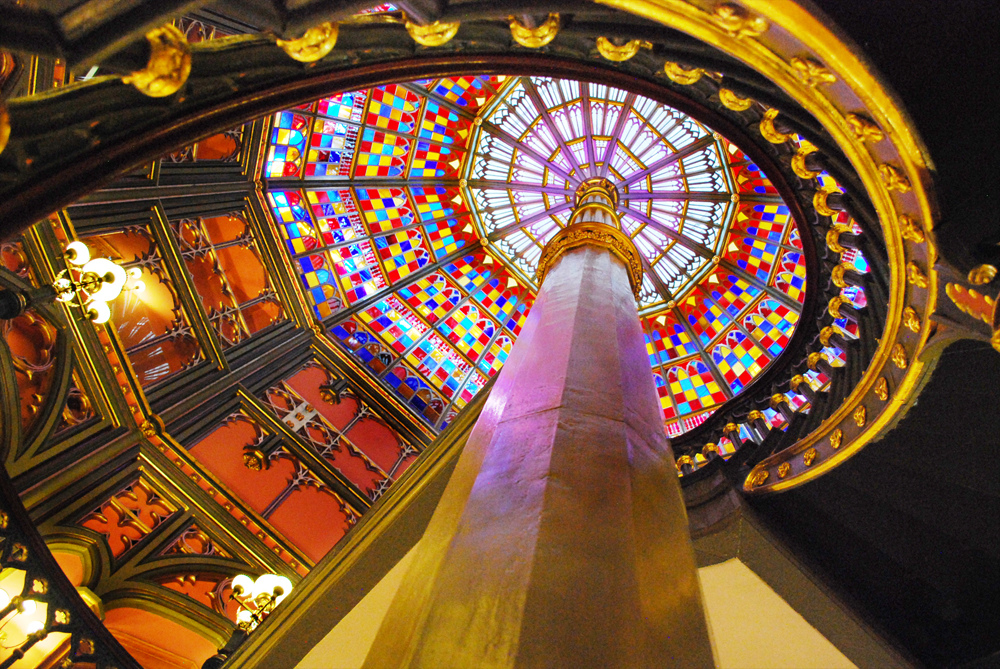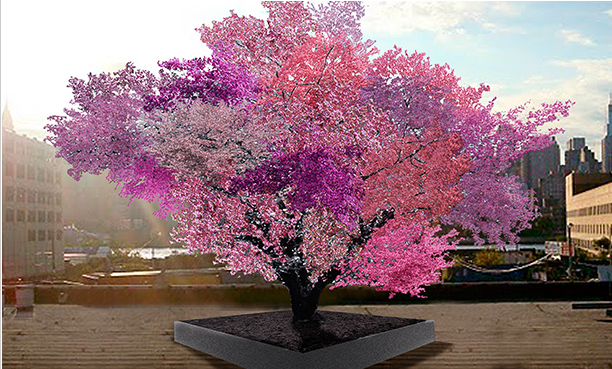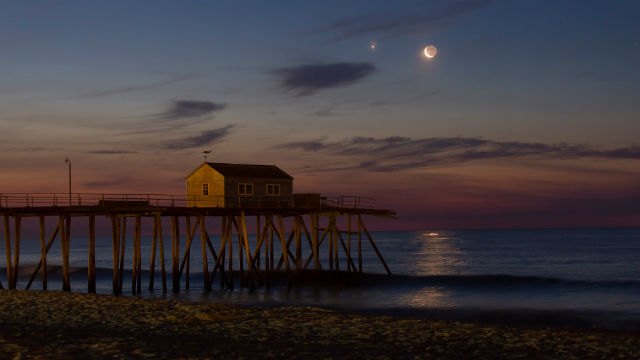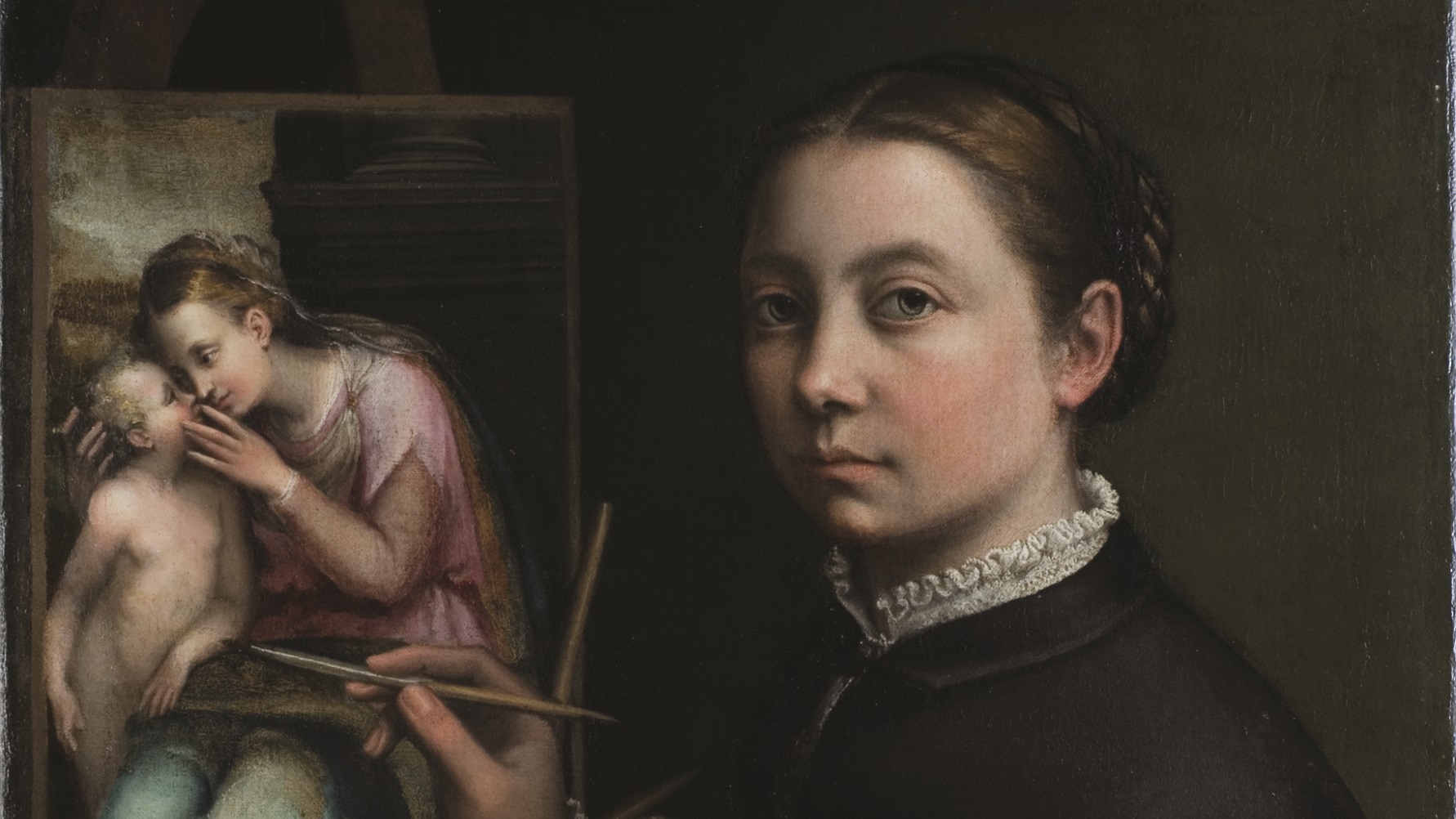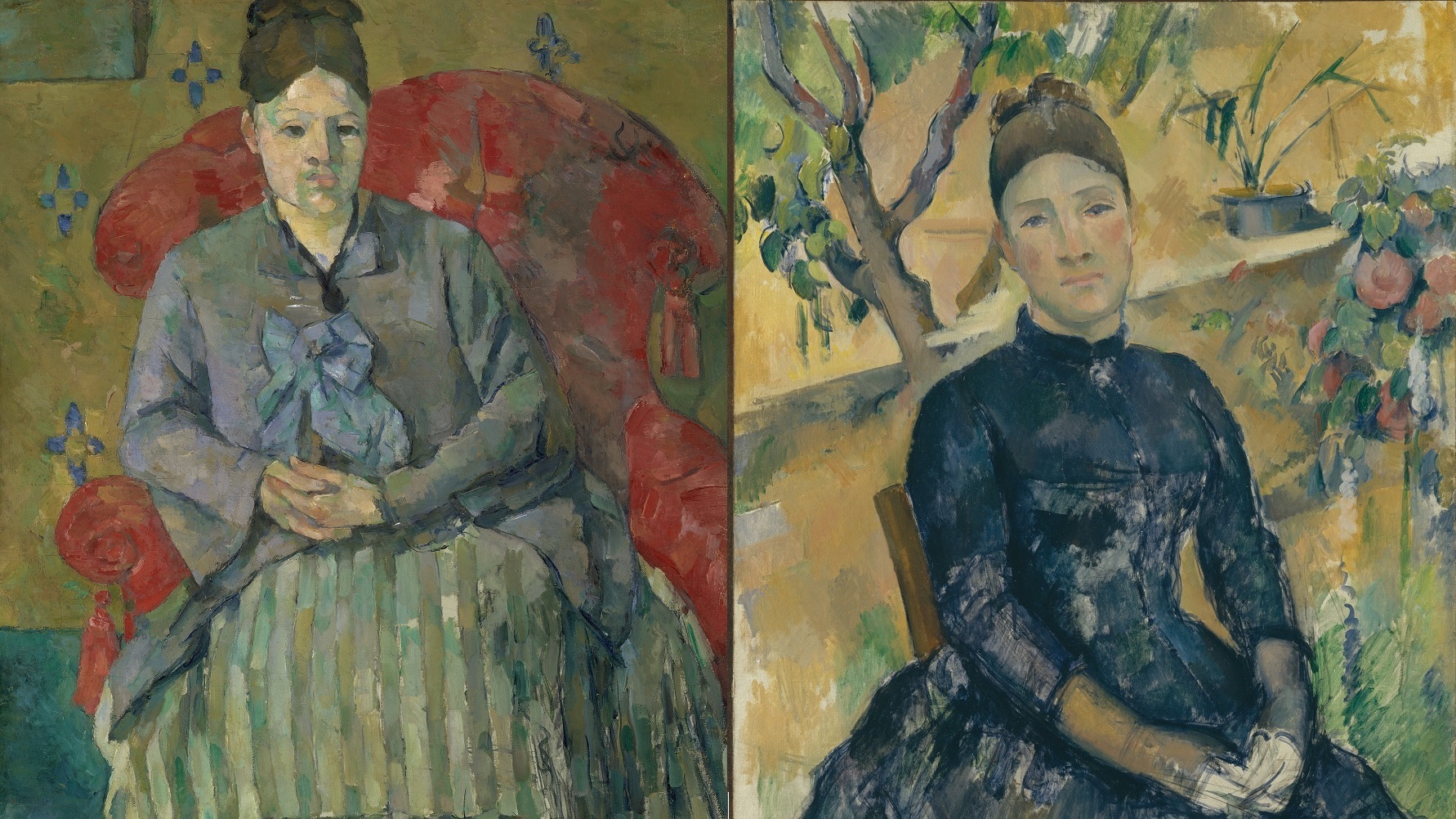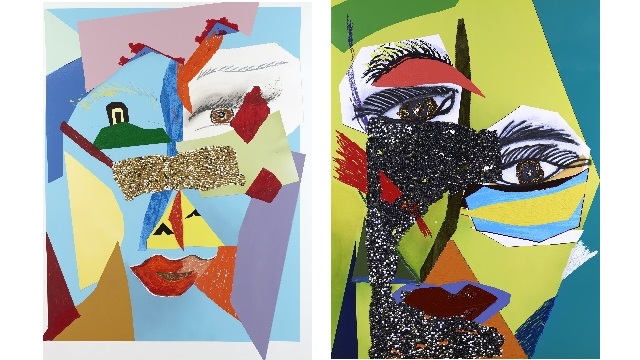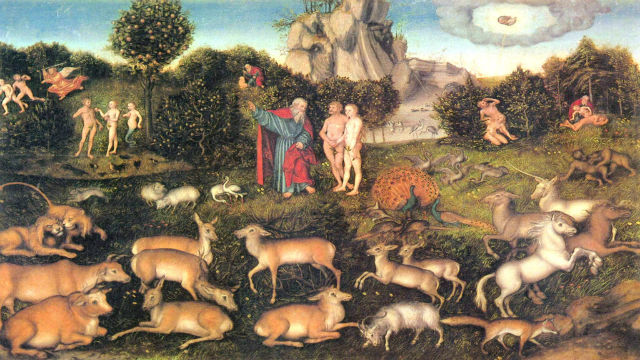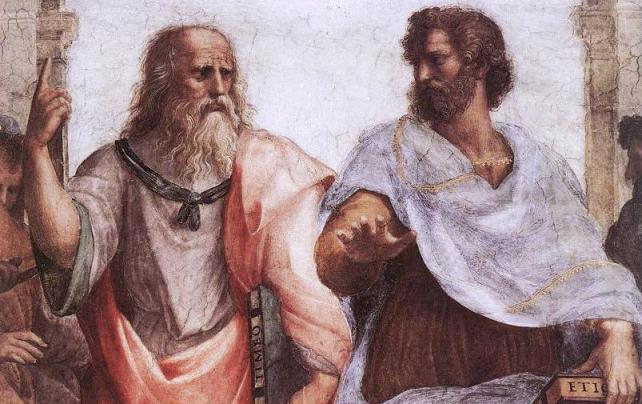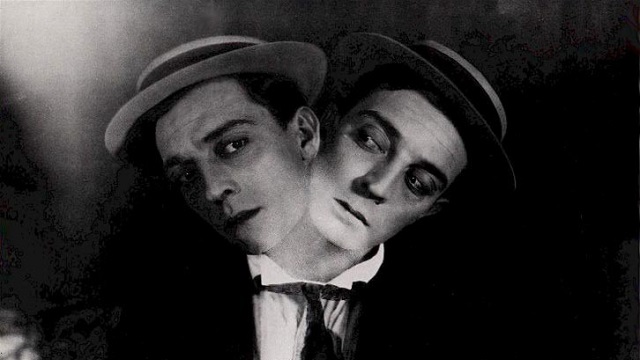It’s said that the Antebellum South better resembled feudal Europe than northern Yankeedom. Perhaps that’s why the architect who designed the Old Louisiana State Capitol in Baton Rouge decided it […]
Search Results
You searched for: beauty
A bizarre Islamic splinter lodged deep in the body of Europe.
Here’s how to put all of the wonders of the Universe at the tips of your fingers. Literally! “Once I knew only darkness and stillness… my life was without past […]
Every spring, The Tree of 40 Fruit blooms in a myriad of colors, and every summer it bears more than 40 different types of fruit. The tree is not genetically modified. […]
Evernote has gone old-fashioned, creating a sister company called Evernote Market that sells physical goods like office supplies, new technology hardware, and technology accessories.
It’s technically a semi-rigid airship, so calling it a blimp could get you in trouble with the semantics police. What’s not in dispute is how Wingfoot One represents a major step forward in airship technology.
On the early morning of June 24, a beautiful conjunction of Venus and a waning crescent Moon graced the sky, as captured by this photograph snapped near Belmar, New Jersey. […]
Regardless of your feelings about the questionable ways they’re funded, baseball stadiums are marvelous pieces of architecture that have come a long way since the cookie-cutter concrete doughnuts of the 1970s.
NASA released this stunning image today. From NASA: The central bulge of our Milky Way Galaxy rises above a sea of clouds in this ethereal scene. An echo of the […]
3.4 million people die each year from water-related diseases 99% of which occur in the developing world. To put things in more perspective, lack of access to clean water and sanitation […]
When I first heard of Yossarian Lives, a website that bills itself as the metaphorical search engine, I thought “no way!” Good metaphors are inherently artistic and depend on a […]
“Never doubt that a small groupof thoughtful, committed citizens can change the world; indeed, it’s the only thing that ever has.” – Margaret Mead After tragic events, as most recently evident in […]
Food writer Michael Pollan recalls his experience at The Skylight Inn in Ayden, North Carolina. The owners roast whole hogs in a giant barbecue pit over a 24-hour period.
▸
5 min
—
with
On October 3, 1948, at 3:50 pm, Peter Blume finished his epic painting, years in the making, titled The Rock (shown above). “After a turbulent decade in which Peter Blume embarked on false starts, endured debilitating anxiety, experienced self-doubt, and found his faith in the creative process renewed,” Robert Cozzolino writes in the catalog to the new exhibition Peter Blume: Nature and Metamorphosis, finishing The Rock must have been a great relief. Blume recorded that date and time the way many record the birth of their children, for The Rock was his precious baby, but completing it marked a rebirth of sorts for Blume as a different kind of artist. Shaped by political and artistic currents of the first half of the 20th century, Blume emerges as a difficult to categorize artist, but also as a fascinating visionary who struggled to paint a personal reality clinging to the foundation of hope.
“The extasy [sic] of abstract beauty,” artist Richard Pousette-Dart scrawled in 1981 in a notebook on a page across from a Georges Braque-looking abstract pencil drawing. Although included in Nina Leen’s iconic 1951 Life magazine photo “The Irascibles” that featured Abstract Expressionist heavyweights Jackson Pollock, Willem de Kooning, Mark Rothko, and Barnett Newman, Pousette-Dart has always stood on the edges, as he does in the photo, of full identification with that group.
As the Hubble Space Telescope nears its 25th anniversary, it never stops amazing us. “That I learned even as a three year-old that I see this world that is really […]
The opportunity to get away from it all was even enshrined in the Wilderness Act of 1964, which defines wilderness as a place that “has outstanding opportunities for solitude.”
Christmas may be Jesus’ “birthday,” but, as any mother will tell you, his mother Mary really deserves the applause. Providing the humanity half to join with Christ’s divine side, Mary volunteered to play a part from the Incarnation to the Crucifixion to the Resurrection as everything from an active participant to an interested bystander, depending on your interpretation of Christian scripture.
If Mona Lisa is the smile, Madame Cézanne is the scowl. Hortense Fiquet, Paul Cézanne’s model turned mistress turned mother of his child turned metaphorical millstone around his neck, endures as a standard art history punch line—the muse whose misery won immortality through the many masterpiece portraits done of her. Or at least that’s how the joke usually goes. The Metropolitan Museum of Art’s current exhibition Madame Cézanne, which gathers together 24 of the 29 known portraits Cézanne painted of Hortense over a period of more than 20 years, tries to rewrite that joke as it hopes to solve the riddle of Madame Cézanne, aka, The Case of the Miserable Muse.
When Pablo Picasso and other early modernists appropriated elements of so-called “primitive” African art for Cubist and proto-Cubist works such as 1907’s Les Demoiselles d’Avignon they perpetrated a kind of […]
We are stardustWe are goldenAnd we’ve got to get ourselvesBack to the garden Oh, how those words from Joni Mitchell touched me in the Woodstock days. Listening to her sweet […]
Plato recently confessed his 10 biggest mistakes on twitter. They came via his current spokesperson Rebecca Goldstein author of the entertaining and educational Plato at the Googleplex. Here they are in reverse order: 10. […]
As Disney’s Frozen continues to climb the ranks of highest grossing films, its popularity is beginning to pay dividends for the Norwegian tourism industry. The nation’s beautiful locales served as inspiration for Frozen’s fantasy Kingdom of Arendelle.
It’s not for sex; it’s for affirmation, says the marriage expert Schmuley Boteach. Men cheat, by and large, because they feel like failures. They stray because they seek an outside arbiter. They need someone not their wife or partner to proclaim them worthy.
From 1974 through 1981, Haruki Murakami ran a jazz club in Tokyo, Japan, and wondered what direction his life would run. After long soul searching, his life ran in the […]
The author of a comprehensive book on the history of sunglasses explains.
The last object in the entire Messier Catalogue is faint, elusive, and the most common type of galaxy in the Universe! Image credit: Adam Block / NOAO / AURA / […]
It’s a choice you re-make every day, and — just like love — you can’t fake it. “Be miserable. Or motivate yourself. Whatever has to be done, it’s always your choice.” –Wayne Dyer I […]
Must mindfulness always mean meditation—eyes closed, mind clear, simply breathing, simply being? Dan Harris’ recent best seller 10% Happier: How I Tamed the Voice in My Head, Reduced Stress Without […]
The top 10 pictures from a Russian cosmonaut you’ve never heard of. Image credit: NASA, Space Shuttle Atlantis, during mission STS-132. “We came all this way to explore the Moon, […]
